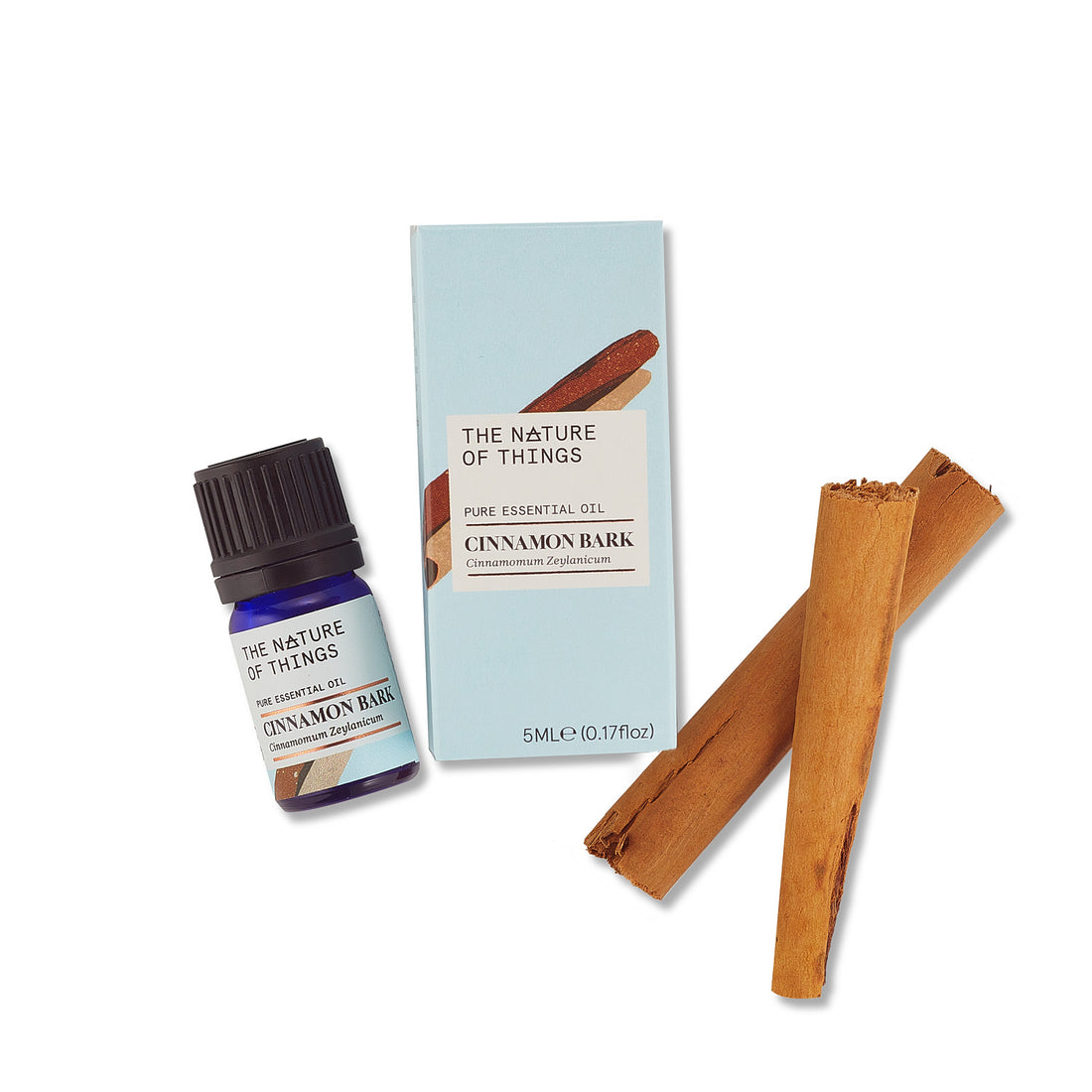
Cinnamon
Origin and varieties of Cinnamon
Cinnamon or 'Cannelle' in French, is one of the most popular spices in the world. It is harvested from several trees of the cinnamomum family of which the two most commonly traded are:
Cinnamomum zeylanicum (syn. verum): also known as the true cinnamon, it is native to Sri Lanka (Ceylon) but grown extensively also in Madagascar. It has a more refined, sweeter, warmer flavour.
Our quality is the true cinnamon from a small distiller based on the East Coast of Madagascar.
We selected here a high quality cinnamon oil from Madagascar that brings all the beautiful woody, sweet and spicy facets of the bark.
Cinnamomum cassia: grown mostly in China and Indonesia, it is called simply cassia but sold in the US in particular as cinnamon. Our quality is the true cinnamon from a small distiller based on the East Coast of Madagascar. Our Cinnamon Oil brings all the beautiful woody, sweet and spicy facets of the bark.
Harvesting
The inner bark of the tree is where the precious aromatic scent is concentrated. In Madagascar where we source our oil, the trees are grown on small family farms. When mature, they are cut at the ground level and chopped in 50cm or longer logs. The bark is then peeled from those logs with a special sharp knife and dried in the open air.
Distillation
Prior to distilling, the dried bark are macerated in warm water for 12-24 hours to facilitate a better release of the oil. It is then ready for water distillation.
After distillation, the cinnamon bark - now deprived from its essential oil - is recycled: it is dried again in the open air and will be used as combustible to power the distillation unit, offering a unique circular energy model.
Characteristics and benefits of our cinnamon bark oil
The yield of the oil is about 0.5 to 1%, meaning that over 100Kg of bark is needed to produce 1Kg of essential oil. Its main constituents are cinnamaldehyde, eugenol, beta-caryophyllene and linalool.
Of old medicinal value in India or the Middle East for digestive issues and various infections, this spice is used in many culinary blends and extensively in drinks and baking recipes alike.
Is antiseptic and antifungal properties make it a particularly effective oil for home cleaners and fresheners.
It is also a good oil for joint/muscle pain ointments, it is however recommended to use on skin only at very very low level as it can cause irritation.
